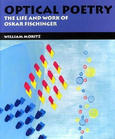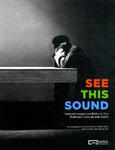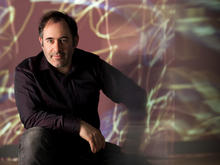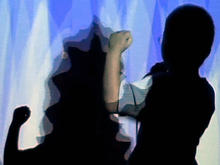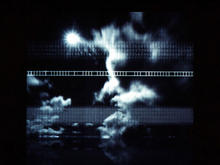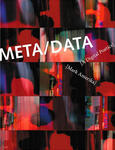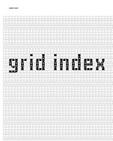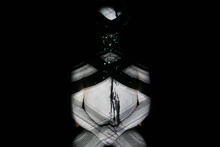Hidden Worlds of Noise and Voice
(2002)by Golan Levin and Zachary Lieberman is an interactive audiovisual installation whose central theme is the magical relationship of speech to the ethereal medium which conveys it.
The Hidden Worlds of Noise and Voice is an interactive audiovisual installation, or, alternatively, an augmented-reality speech-visualization system. Its central theme is the magical relationship of speech to the ethereal medium which conveys it. Participants in Hidden Worlds are able to 'see' each others' voices, which are made visible in the form of animated graphic figurations that appear to emerge from the participants' mouths while they speak. In the installation, visitors wear special see-through data glasses, which register and superimpose 3D graphics into the real world. When one of the users speaks or sings, colorful abstract forms appear to emerge from his or her mouth. The graphics representing these utterances assume a wide variety of shapes and behaviors that are tightly coupled to the unique qualities of the vocalist's volume, pitch and timbre.
Hidden Worlds permits up to six visitors to participate in the consensual hallucination, enabling a wide range of engaging audiovisual and conversational play. For those who are not equipped with the data-glasses, a projection at the center of the installation makes visible the 'shadows' of the virtual spoken forms. Hidden Worlds was developed in the Summer of 2002, and was installed in a two-year exhibition at the Ars Electronica Museum of the Future in Linz, Austria.
Source: Golan Levin
